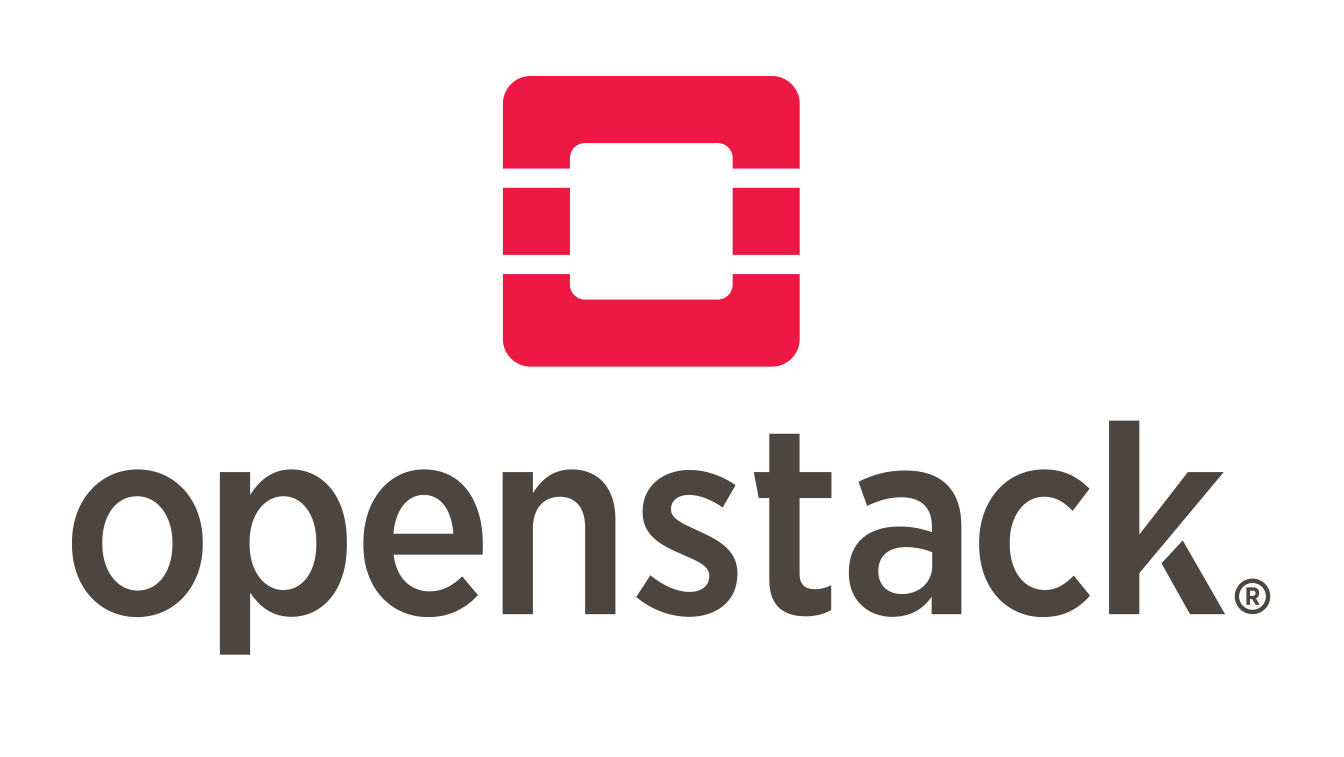Why OpenStack needs a “benevolent dictator”
Are too many cooks spoiling the open source broth?

OpenStack needs a “benevolent dictator” to avoid the open source project losing focus and creating confusion among cloud users, it is claimed.
The IaaS platform was founded in 2010 by Rackspace and NASA as an open source rival to AWS, and it now counts more than 200 companies as members under the OpenStack Foundation, and 500 in total who can develop services and adjust the project's code.
However, its vast membership is in danger of sidetracking the initiative, according to Langton Blue IT consultant Chris Evans, risking the project losing direction.
Speaking at a cloud roundtable hosted by A3 Communications in London, he said: “OpenStack needs a benevolent dictator, a bit like the Linux kernel, someone who controls it and says 'this is what we're doing'.
“Otherwise people are creating components that are solving problems that don't need to be solved. We'll just see more and more of these components get created and it's just going to diversify into a horrible mess with no real standard.
“Eventually we'll get to a point where bits will be competing against each other and then people will lose track about what standards are required where.”
His argument that too many cooks spoil the broth speaks against the collaborative element associated with open source projects, which are vaunted as cheap ways for everyone to adopt and adapt a technology, as well as collaborate to fuel innovation and accelerate development.
Get the ITPro daily newsletter
Sign up today and you will receive a free copy of our Future Focus 2025 report - the leading guidance on AI, cybersecurity and other IT challenges as per 700+ senior executives
But with so many vendors working on the project, including the likes of Cisco, HP, IBM and VMware, innovation is in danger of being derailed as companies explore their own individual interests, Evans said.
Lock-in and standards
There is also the wider danger that so many companies each creating their own implementations of OpenStack code could lead to customers getting locked into their chosen partner's service.
“What happens to a certain degree once the kernels [are established] is everybody else puts their distributions on top and you see vendors doing that now. So you see HP putting investment in because they want to build their their own versions of the stack,” he said.
“IBM, EMC, all of them build their own versions and you could end up with a situation where everybody's [implementation] is slightly different and then you can't move between them. They want to lock you into their platform.”
Vendor lock-in is an issue customers must consider when choosing between providers, as it can harm interoperability between different IT systems.
On the face of it, OpenStack solves this by running open source code, but different vendors' adjustments to that code to create their own tailored services nix that advantage.
But such implementations also make it harder for developers to solve problems when they occur, due to the customised nature of these offerings, according to Mark Thomas, solutions architect at cloud back-up firm Databarracks.
He said: “Everyone loves open source software because it leads to innovation but ultimately it has got to be people doing development, and that does lead to complications, because no single person necessarily has ultimate visibility of everything going on.
“Hence why there are numerous outages in certain providers because of things they've written bespoke that obviously they've got to fix that nobody else can fix. So there are some challenges to having this completely open source view on it because you've got these bits to fit together.”
OpenStack is a technology rather than a set of standards, and to make clouds more interoperable, customers need their chosen providers to have signed up to the same sets of standards.
But multiple standards exist for different types of clouds - for instance, the Open Virtualisation Format (OVF) is designed for packaging software in VMs, and the Cloud Data Management Interface (CDMI) outlines a protocol for self-provisioning, administering and accessing cloud storage.
VMware supports the OVF, as do IBM and Red Hat, but not-for-profit organisation European Telecommunications Standards Institute (ETSI) is pushing for its own sets of standards to be adopted in the EU, to support the EU's ambition for cloud services to be more widely adopted among member states.
Can OpenStack jump the standards and lock-in hurdles?
The result of multiple standards and vendors offering their own custom builds of OpenStack is that organisations can be left with headaches trying to manage their respective deployments.
Enrico Signoretti, an independent IT analyst, said: “The problem with OpenStack is it's not for the traditional enterprise and it's not for the small enterprise. If you look at the use cases, look at the kind of enterprises uses, it's really huge enterprises with some developers, and with the various security people to manage all this stuff.”
Databarracks' Thomas added that vendors tinkering with their own versions is unavoidable. “You can mention any number of different suppliers who play in this space but because there isn't a standard across this, how can it become the standard?” he said. “Because everybody does it slightly differently, and it has to bespoke it to a certain [degree].”
However, there are some members of the OpenStack community trying to make it easier for smaller companies to adopt the open source cloud.
Both Mirantis and Red Hat are attempting to make it a more consumable service, rather than requiring end users to have a host of specialists to deploy it.
-
 Asus ZenScreen Fold OLED MQ17QH review
Asus ZenScreen Fold OLED MQ17QH reviewReviews A stunning foldable 17.3in OLED display – but it's too expensive to be anything more than a thrilling tech demo
By Sasha Muller
-
 How the UK MoJ achieved secure networks for prisons and offices with Palo Alto Networks
How the UK MoJ achieved secure networks for prisons and offices with Palo Alto NetworksCase study Adopting zero trust is a necessity when your own users are trying to launch cyber attacks
By Rory Bathgate